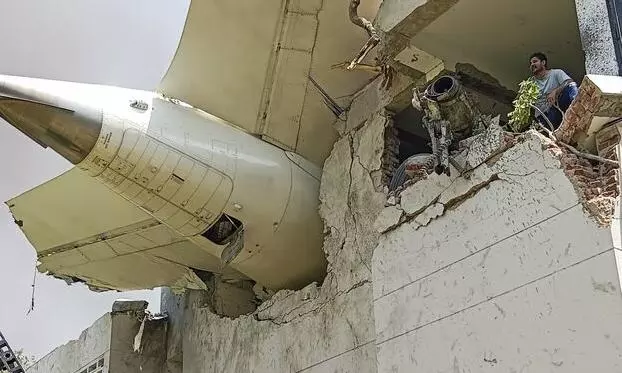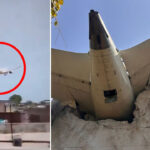As the probe into the catastrophic Air India crash in Ahmedabad begins, focus has shifted towards the plane that was involved — the Boeing 787 Dreamliner. This cutting-edge long-range plane is famous for the combination of the latest technology and more comfortable passengers. However, its role in a catastrophic crash has raised fresh questions regarding its safety and operational dependability.
The Boeing 787 Dreamliner was launched to change the face of long-haul air travel. With its light composite body and enhanced fuel efficiency, coupled with amenities such as more windows, improved cabin pressure, and less turbulence, it quickly gained popularity with major airlines across the globe. The plane that crashed at Ahmedabad was on its way to London carrying 242 passengers and crew when it crashed a few minutes after takeoff.
Although the Dreamliner has largely had a good safety record, it has not been completely immune to problems. It has experienced numerous technical problems over the years — from faulty batteries in the initial models to engine shutdowns mid-flight in subsequent models. Industry analysts closely follow the investigation to ascertain whether any mechanical failure or design defect played a role in this latest disaster.
While search and rescue efforts persist and black box information is recovered, global aviation regulators and Boeing will face the heat to provide transparency and accountability. At least for the moment, the focus is squarely on why a plane that is meant to symbolize the future of flight would be party to one of the most dramatic air tragedies of the year.




